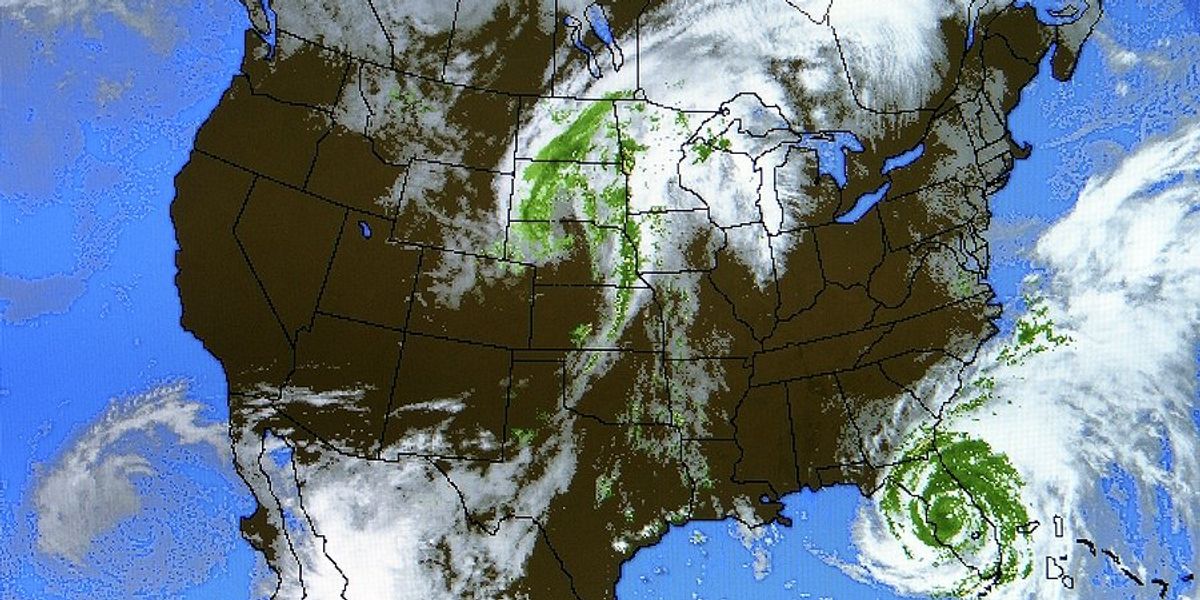
Congress questions who’s in control as Trump budget cuts disrupt NIH research
A Senate panel pressed the director of the National Institutes of Health (NIH), Jay Bhattacharya, to explain who is behind sweeping cuts to research funding, as confusion grows over the Trump administration’s influence on the agency’s operations.
Benjamin Mueller reports for The New York Times.
In short:
- NIH Director Jay Bhattacharya deflected responsibility for the agency’s funding freeze and an $18 billion budget cut, blaming broader collaboration between Congress and the Trump administration.
- Senators from both parties criticized the cuts, warning they would stall progress on diseases like cancer and Alzheimer’s and risk U.S. competitiveness in medical science.
- Internal dissent has grown within the NIH, with over a hundred employees signing a letter alleging the grant cancellations were ideologically driven and bypassed scientific input.
Key quote:
“There’s a range of decisions, I think, that led to some of those pauses of grants.”
— Jay Bhattacharya, director of the National Institutes of Health
Why this matters:
The National Institutes of Health has long been a global leader in funding biomedical research, underwriting much of the basic science that drives breakthroughs in medicine. Cuts of the magnitude now proposed — nearly 40% — threaten not just lab jobs and university projects, but the foundation of U.S. innovation in health. When politics overtake peer-reviewed science, fields like public health, climate-linked disease research, and reproductive health often take the first hit. The sidelining of diversity and equity studies under the label of “politicized science” could further erode efforts to understand and address health disparities. As federal support evaporates, researchers may turn to private industry, where the incentive to cure may compete with the incentive to profit. And for the public, it means longer waits for accurate, objective answers about diseases that affect millions.
Read more: NIH workers warn of illegal orders and suppressed science













